An Architecture of Cultural Prosthetics
wearables / industrial design / interaction design
Harvard Graduate School of Design " Architecture of Cultural Prosthetics" - Professors: Krzysztof Wodiczko and Ani Liu
omniveillance
We live in a world of second selves; of digital replicas and carbon copies. The virtual blurs the line between the physical self, and its unrestrained extension. We can do or say anything in the digital world because it lacks tangibility. The infrastructure of online surveillance is invisible. It is because of the presence of interface and lack of apparent monitoring, that we can remove ourselves further from repercussions of our actions; a false sense of fearlessness. In order to be truly fearless, one must know all, while knowing themselves; surveillance + sousveillance. The combination of these truths presents the real face of Omniveillance; the monitoring of the world with the monitoring of the self. This piece places the user in a world of duality. The external world is revealed in tandem with the reference of the self, allowing for constant personal awareness within outer context. The hinge distorts the space, blurring the boundary between self reflection and outer observation.
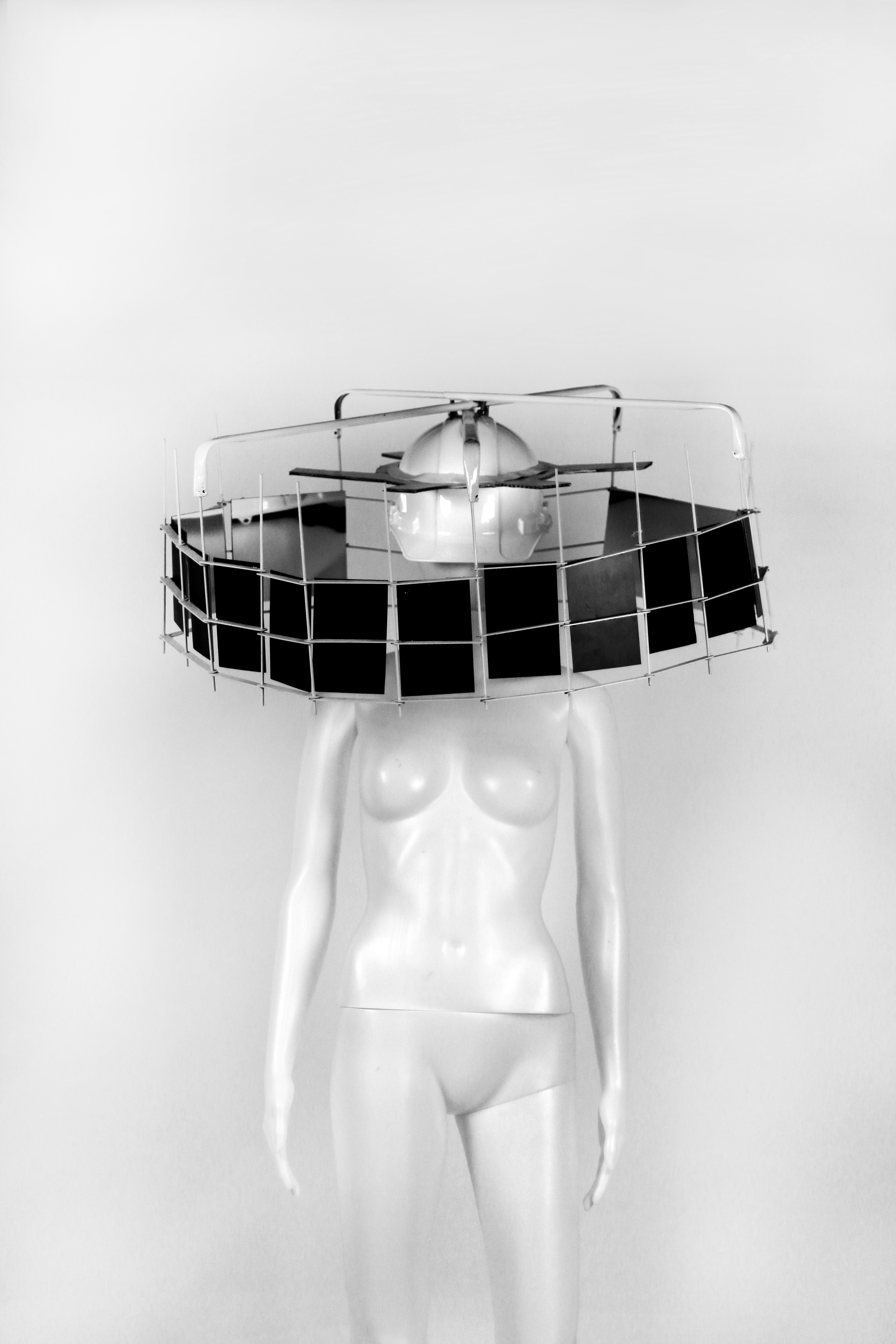


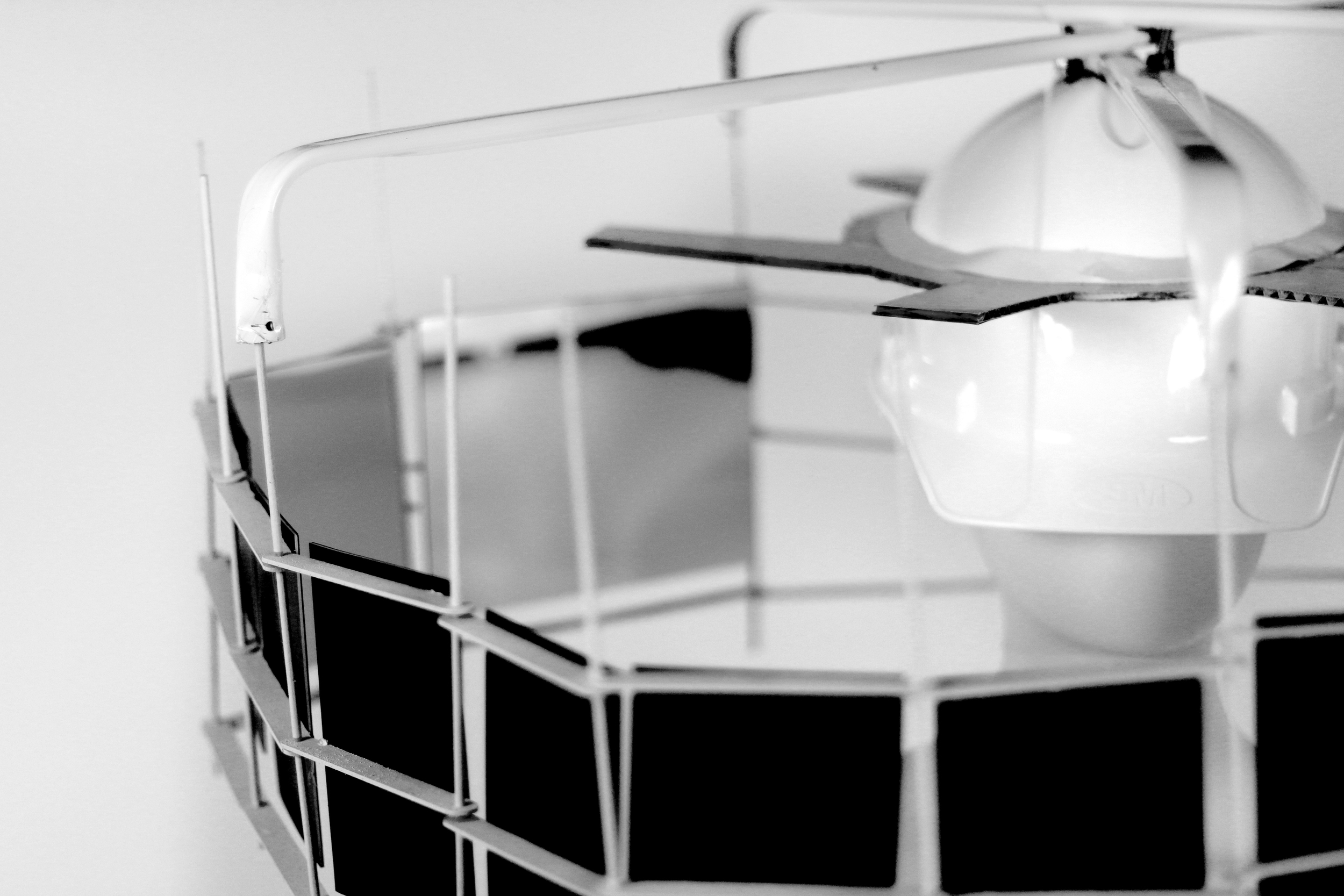

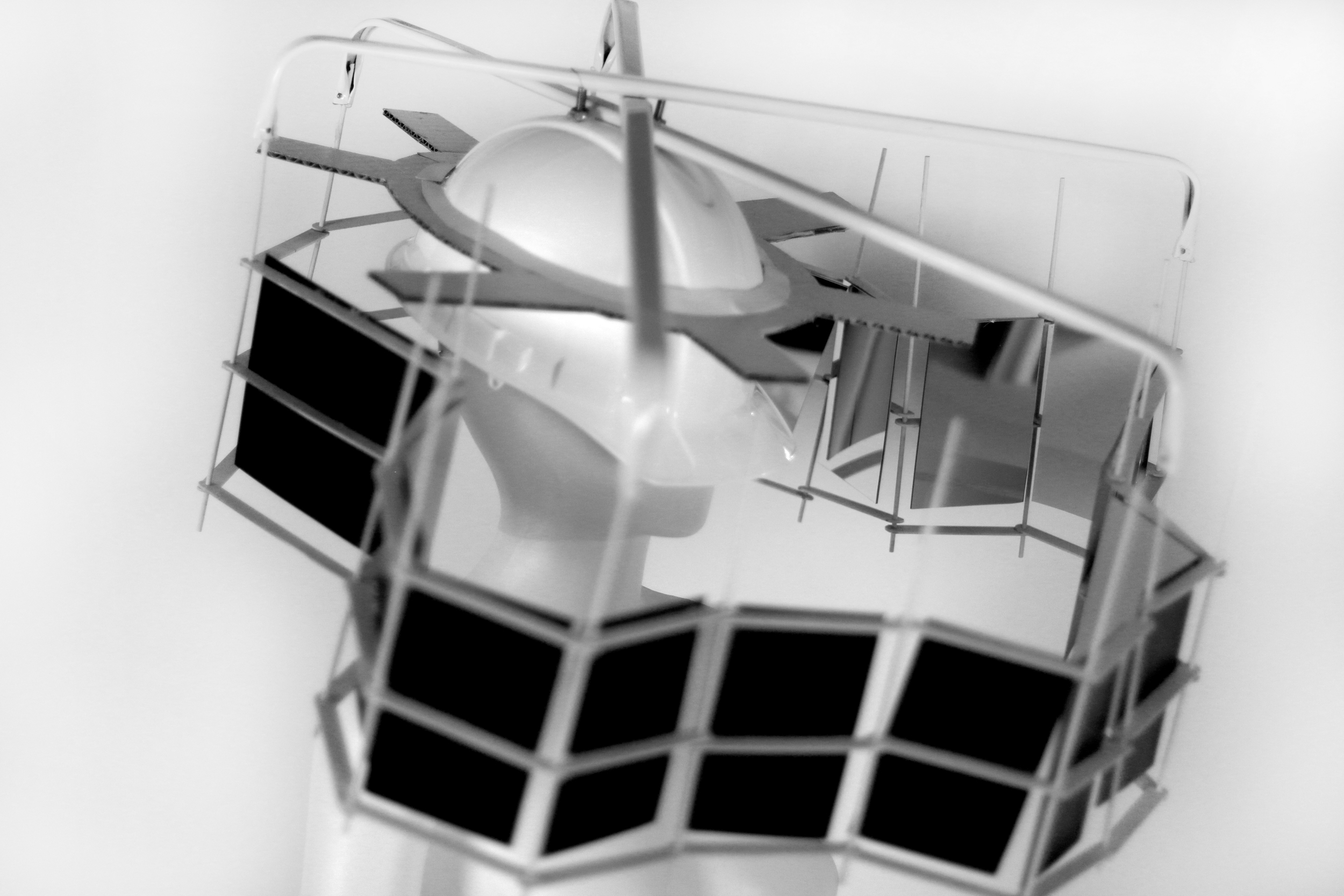
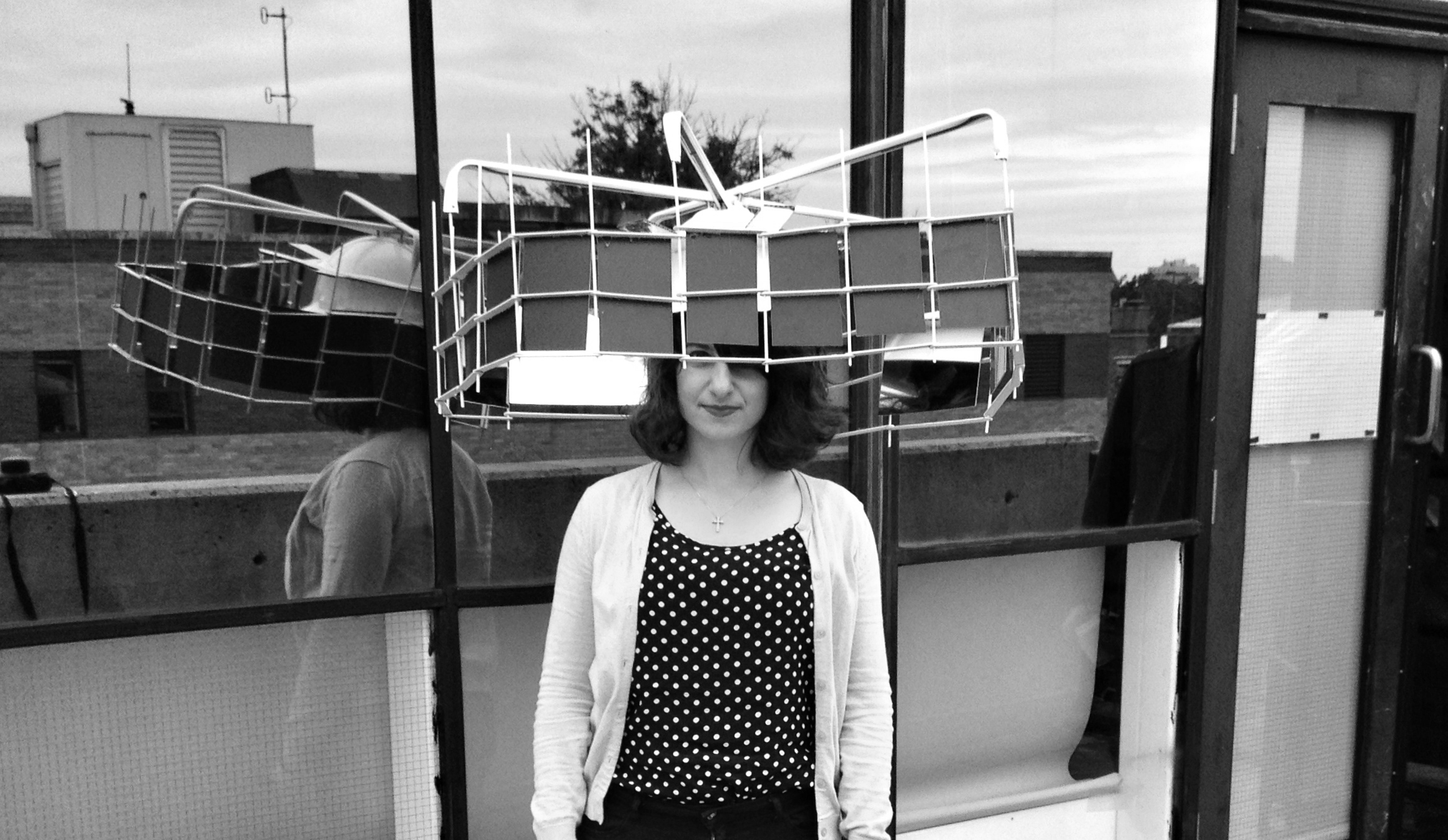
The Confessor & The Professor
The body: a vehicle for communication. The brain: the container of opinions, thoughts and feelings. The combination of these two produce the byproduct, expression. But what happens when the opinions of one's mind are difficult to say and fear of physical harm exists, which results in a muted manifestation of thoughts once felt? The solution is simple; displacement of mind and body. What if one could express their thoughts without physically being there? This is where the project injects itself. The confessor, a helmet worn by the fearful individual who wants to express, and the professor, a person volunteering their physical presence to broadcast this message. This allows the victim to dispel all fear, and talk freely, while giving the courageous volunteer the ability to broadcast their message without direct association with the message.
Team: Joshua Smith






EYE:SITE
Harvard Graduate School of Design / Architecture of Cultural Prosthetics / Instructors: Krzysztof Wodiczko and Ani Liu
The smartphone has replaced our bodies as the prosthetic of conscious communication. We all recognize the symptoms; slouched shoulders, tilted head, and eyes fixated on screen. We have resorted our bodies to unnatural positions, in order to satisfy our addiction to the digital interface. In order to solve this problem of biological dissonance, either the hardware needs to change, or our interaction with it. The room, filled with participants, each identifying their spatial signature with their self, displacing the emptiness of a previously still ether. Each body, shaping the particular characteristic of that moment in time, contributing to the collective attention. What once was a dynamic series of relational beings though, has been completely obliterated. Today, these bodies are merely mass, contributing to the biological processes of the human condition. They are newly empty. Today, there has been a shift in the communicative medium.The self no longer exists within its original casing. It has been displaced. EYE[site] readjusts the typical body form that’s a residual effect of utilizing one’s smartphone, by reprocessing and re-transmitting the visual medium. It allows the user to keep their head aloft, in its natural position, while still being able to see down at their screen, and forces them to tilt their head down to communicate with another person. It essentially flips the two modes of communication and their associated body conditions. The digital becomes normalcy.

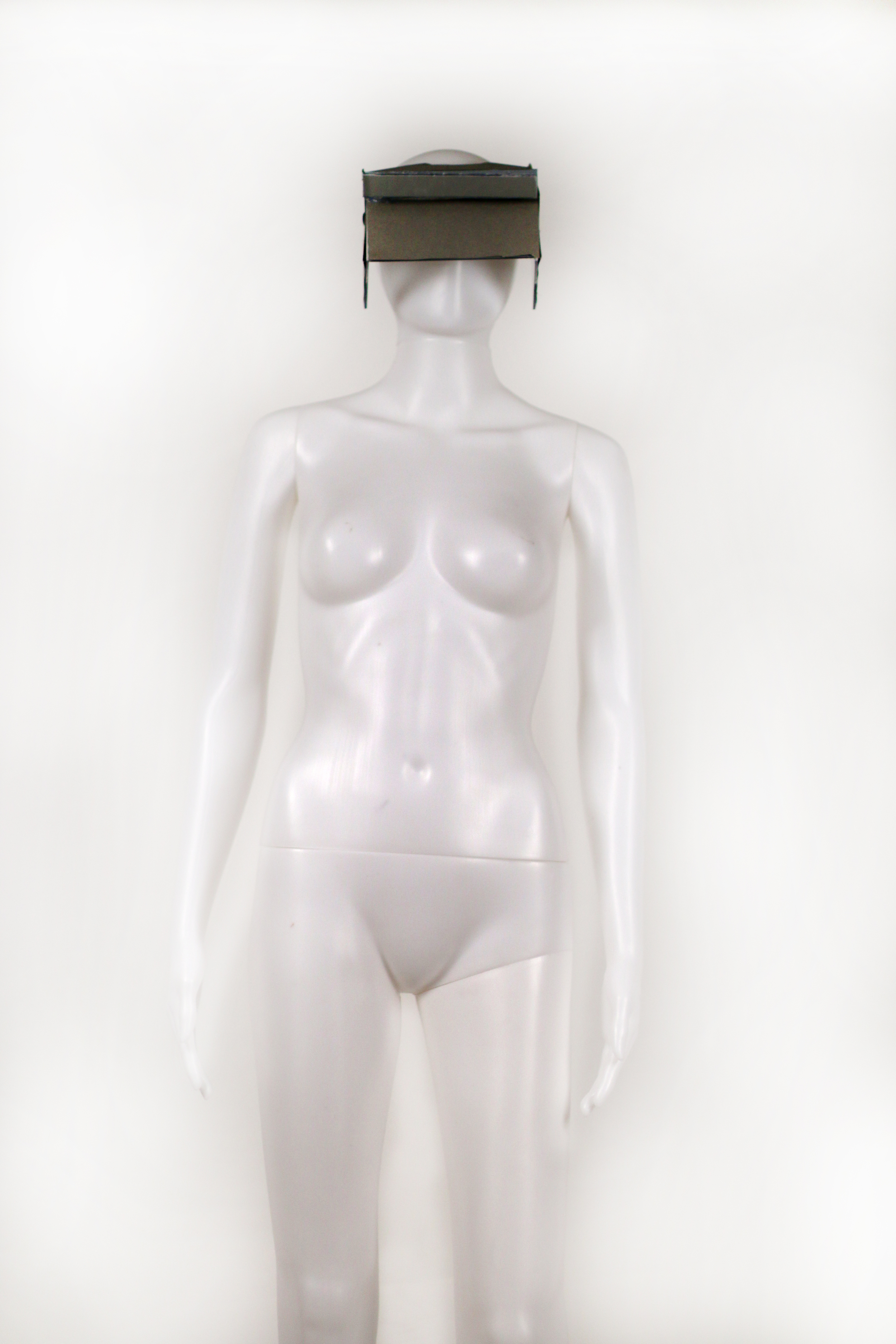
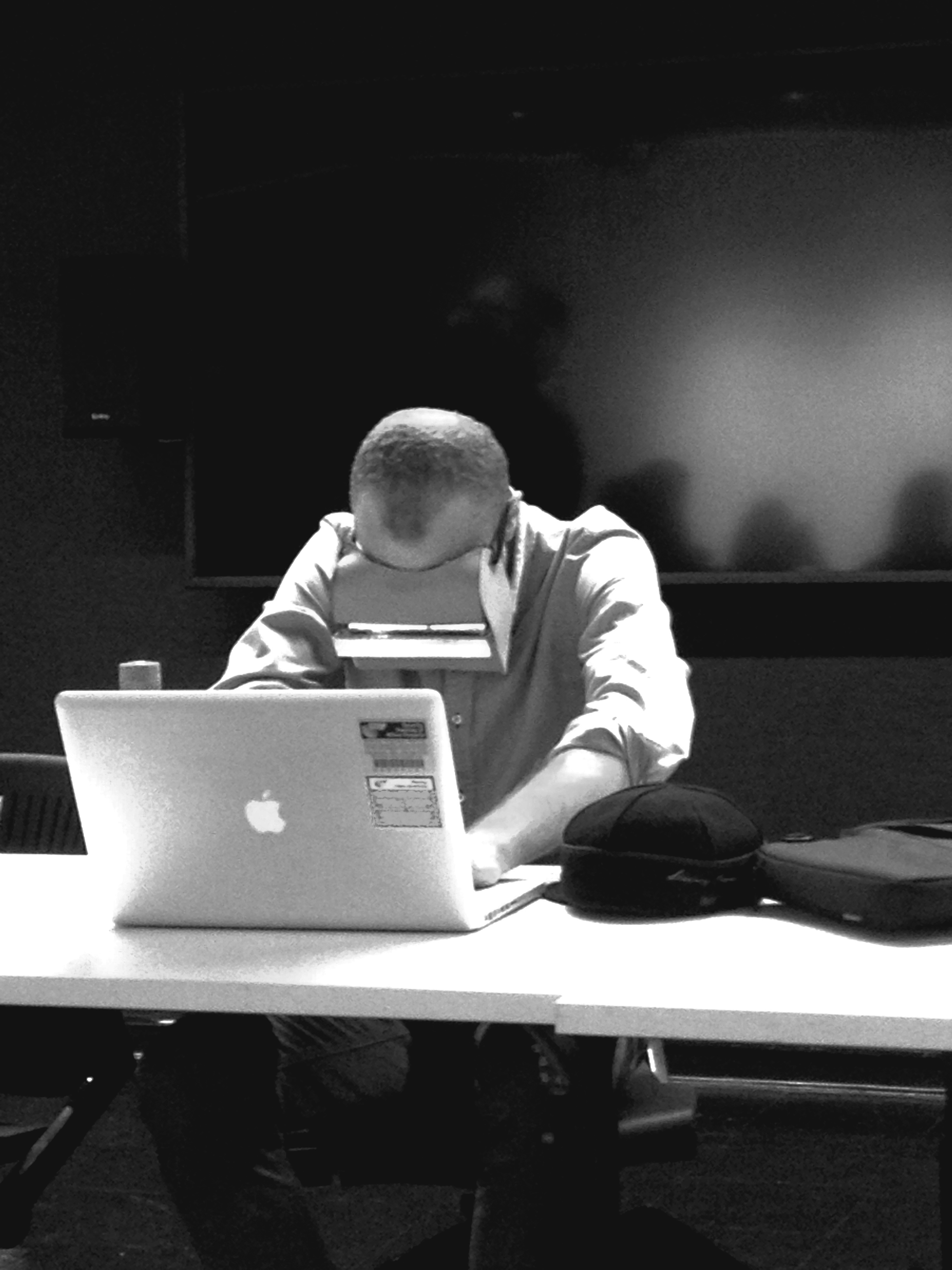
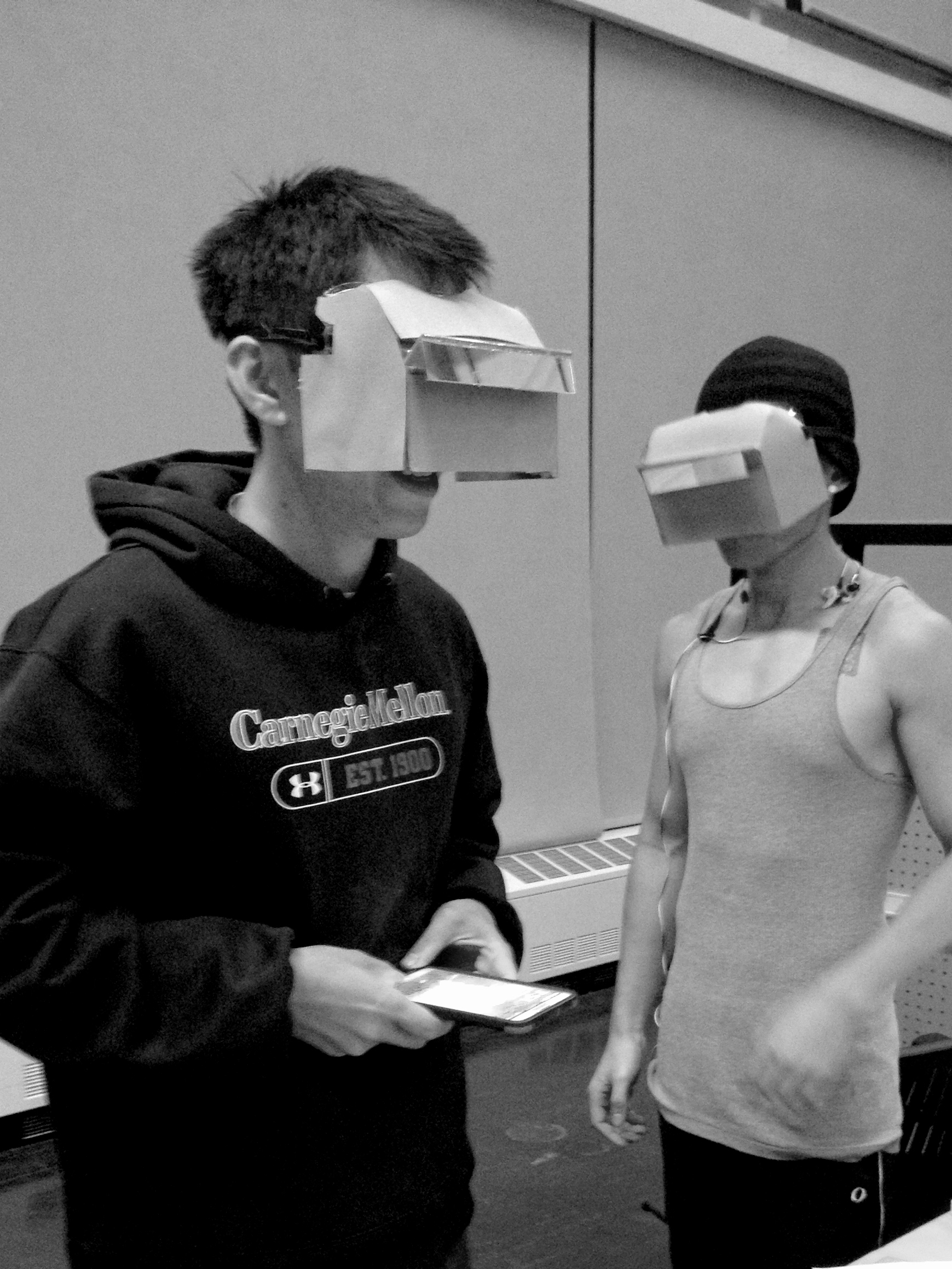
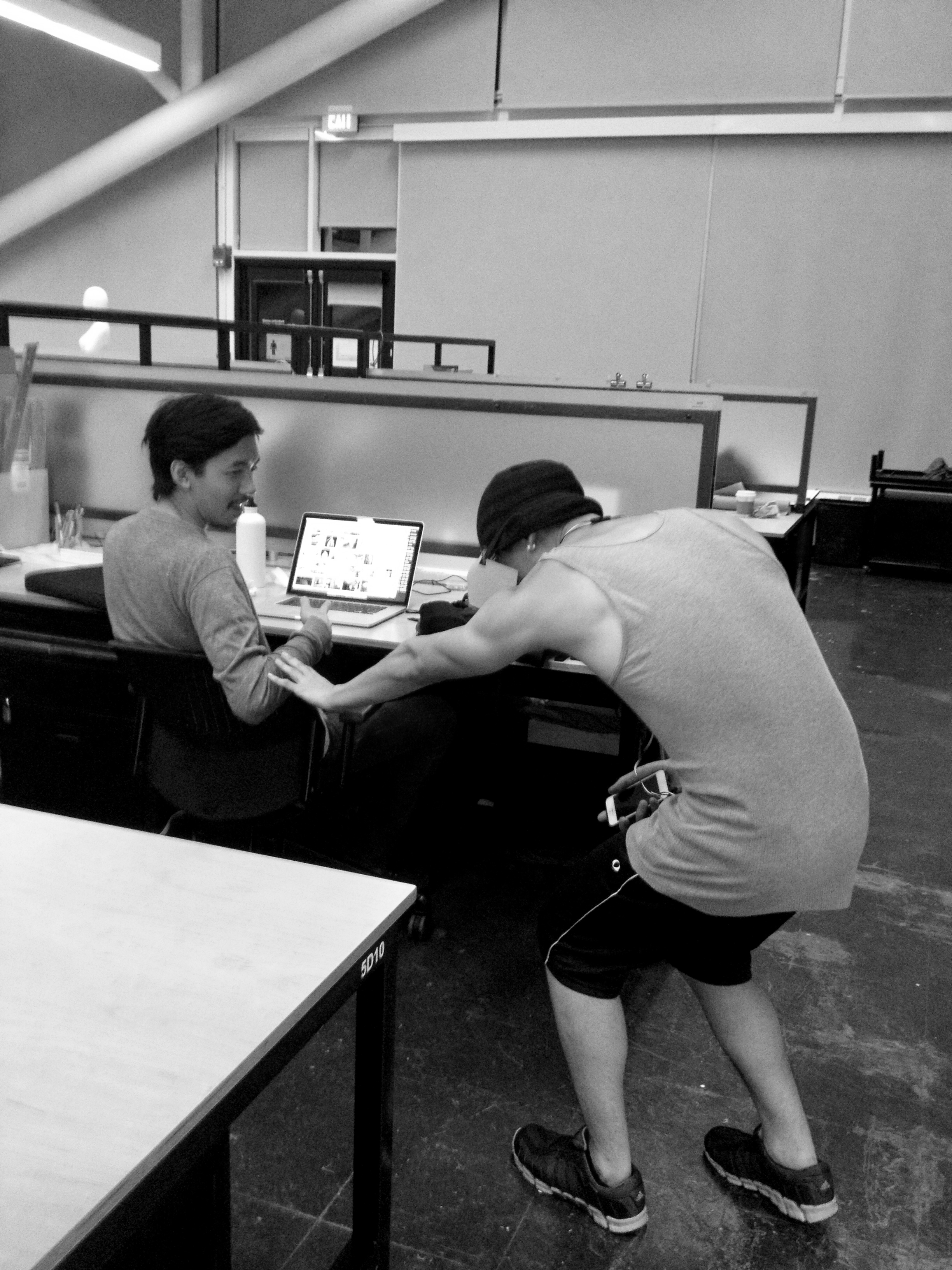
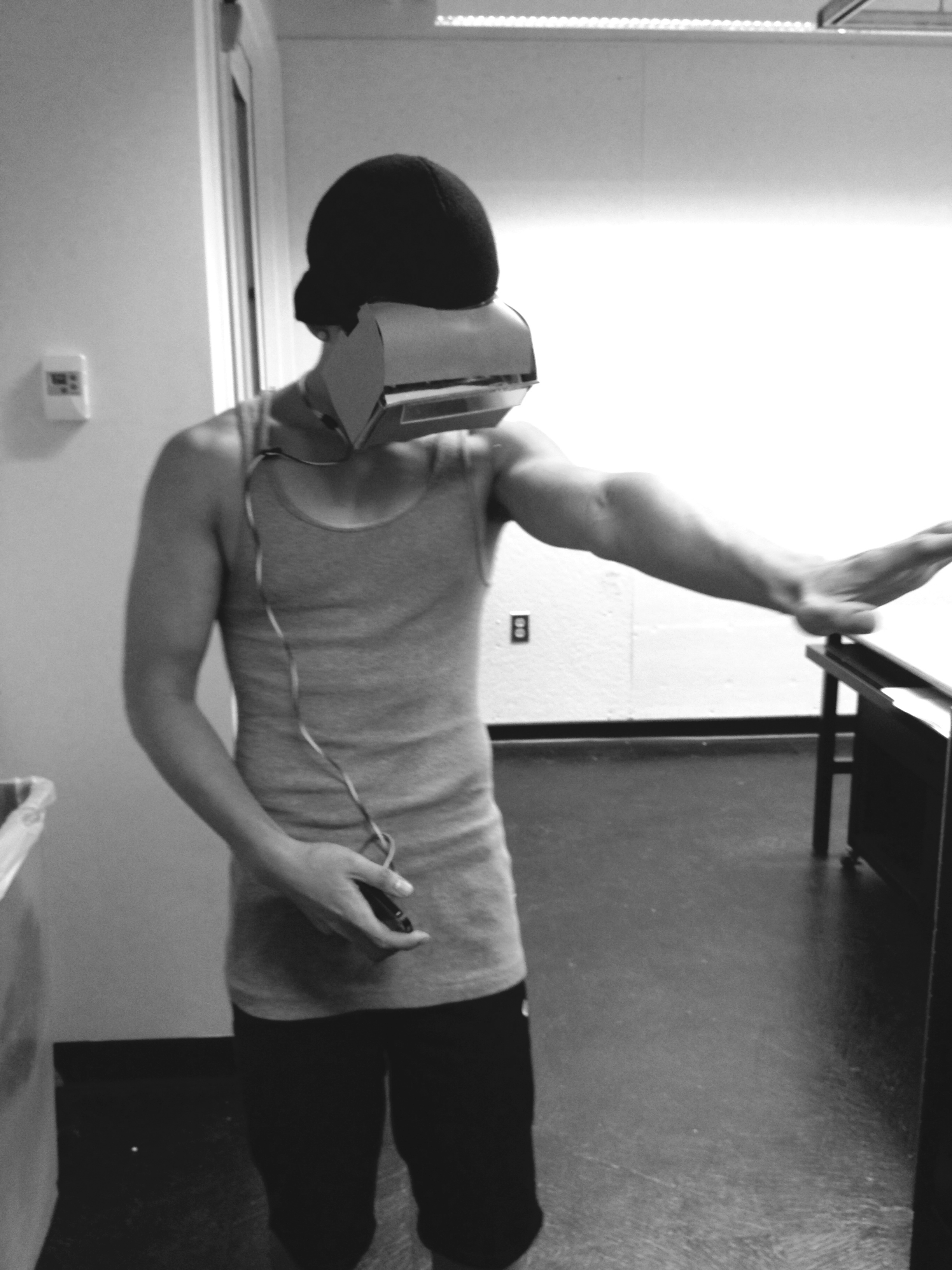
For more information on the research, please visit the Harvard GSD Course Page.
